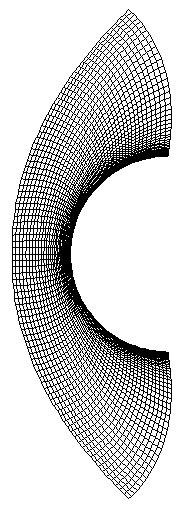
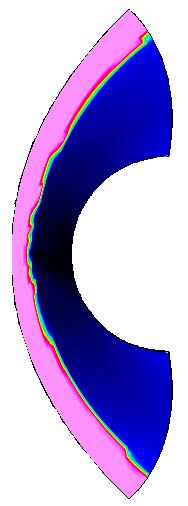
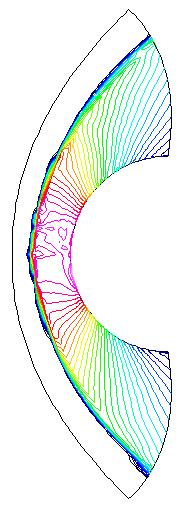
Figure 1. The grid, Mach surfaces, and pressure contours
for a cylinder in hypersonic (Mach 15) airflow.



Figure 1. The grid, Mach surfaces, and pressure contours
for a cylinder in hypersonic (Mach 15) airflow.
This example case involves a cylinder of radius 1.0 ft in a Mach 15 airflow with freestream static pressure and temperature of 3.0 psia and 400 R, respectively. The grid density is 89 grid points along the cylinder surface and 81 grid points from the surface to the freestream. The grid spacing at the wall is 1.0E-05 ft. The PDT turbulence model is used.
The computation was started from freestream conditions. To allow for a stable start, Roe's first-order flux method was used along with additional smoothing. The CFL number started out with a value of 0.05 for the first few hundred iterations. It was slowly increased to a value of 0.5, which was the maximum stable CFL number that was allowed. A total of 18800 iterations were ran and convergence was monitored by observing the change in the boundary layer profile on the cylinder. Table 1 reports the stagnation temperature on the cylinder.
Inflow / outflow boundary conditions were applied at the outflow boundaries. This resulted in some strange behavior in the subsonic portion of the boundary layer at the outflow boundaries. This can be seen in the velocity vectors of Fig. 2 and Fig. 3. This was probably due to the fact that the freestream pressure was being used for those points, which is incorrect.
This case is still being worked on. Plans are to include chemistry models for a more realistic simulation. The temperature of 17800 R is well beyond the "onset" temperature of vibrational and dissociation reactions and perhaps reaching ionization of the air molecules.
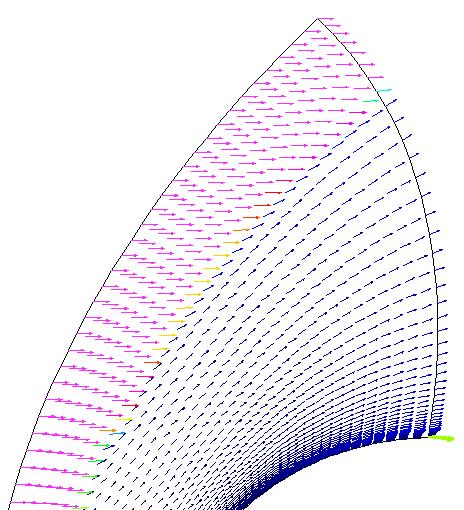
Figure 2. A plot of the velocity vectors.
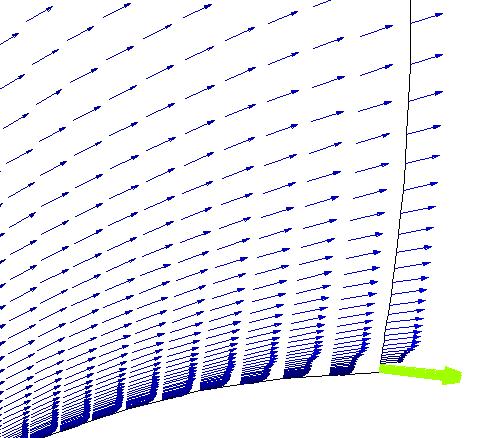
Figure 3. A plot of the velocity vectors.
| Description | Input Data File | Stagnation Temperature |
|---|---|---|
| Calorically Perfect | hc.C.dat | 17800 R |
| Thermally Perfect | - | - |
| Equilibrium | - | - |
| Finite-Rate | - | - |